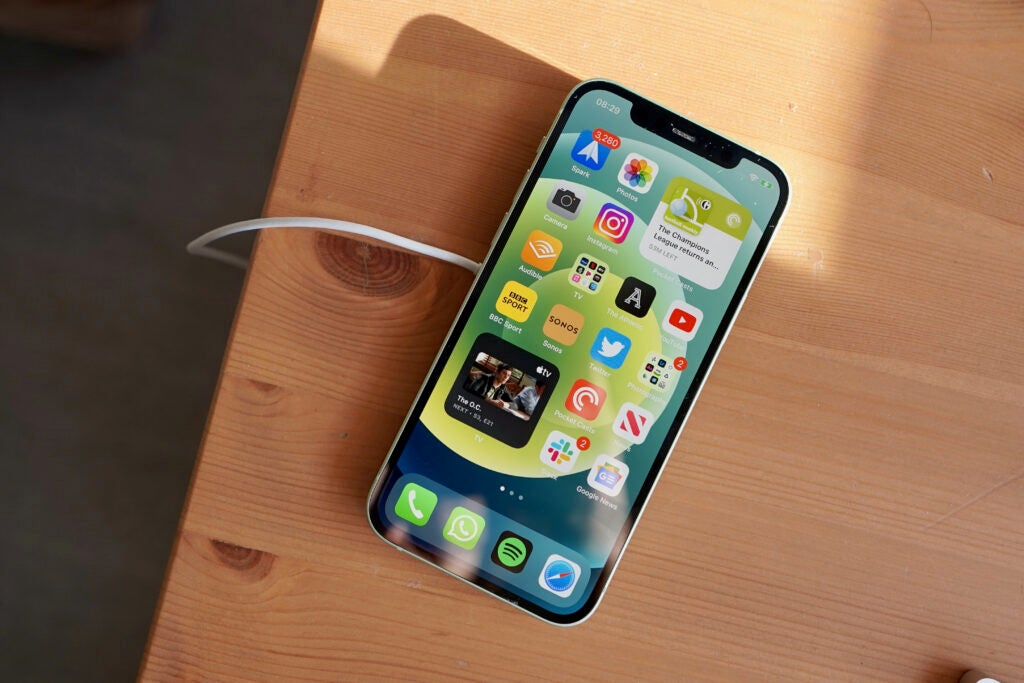If you’re looking to kick off 2021 with a brand new smartphone then you’ve come to the right place. While there are plenty of new releases on the horizon, the last 12 months were full of excellent phones.
Here to help the team of tech experts at Trusted Reviews has created this handy guide of the best smartphones we’ve reviewed, currently on sale, to help you find the right phone for your needs and budget.
This guide focuses on every category of smartphone, so if you already have some idea of the type of handset you’re after then you can jump directly to one of our other guides.
Apple fans should check out our breakdown of the best iPhones. If Google’s OS is your operating system of choice then our guide to the best Android phones has you covered. If mobile photography is a priority, then jump to our best camera phone guide – and, finally, if budget is an issue then check out our curated picks of the best cheap phones.
Scroll down to see our pick of the best phones of 2020.
- Trusted Reviews Awards 2020 Best Phone Winner: Oppo Find X2 Pro
- Best iPhone: iPhone 12
- Best Android phone: Samsung Galaxy S20 Plus
- Best camera: Huawei P40 Pro Plus
- Best value: Realme X50 5G
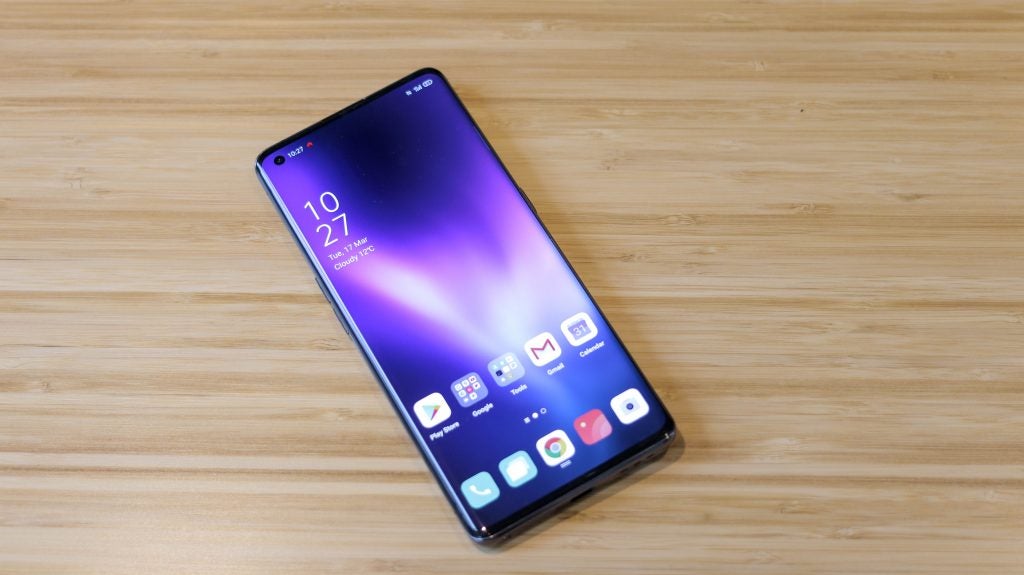
Oppo Find X2 Pro
Best Mobile Winner Trusted Reviews Awards 2020
Pros:
- Generous storage
- Sharp, punchy screen
- Class-leading fast charging
Cons:
- Expensive
- Single SIM slot
- No wireless charging
Oppo isn’t the first name you think of when it comes to flagship smartphones, but this year saw the company produce one of 2020’s finest handsets in the Oppo Find X2 Pro.
The handset may cost over £1000, but it goes toe-to-toe with the best from Samsung and Apple for specs and features – to the point it took home the Best Smartphone and Best Premium Phone trophies at this year’s Trusted Reviews Awards.
Matching the specs of most current flagships, it comes with a super-powerful 5G-ready CPU, wonderfully calibrated, high refresh rate 6.7-inch screen, and a premium curved glass design. But it’s most notable selling points are its best-in-class fast-charging tech and spacious 512GB of storage.
During testing, we found its support for 65W fast-charging saw battery life go from 0-100% in just 35 minutes, which is a seriously impressive achievement considering the 4260mAh battery easily lasts a full day of heavy use.
The only downside is that, unlike the majority of handsets in this price category, the Oppo Find X2 Pro lacks wireless charging, and its camera, while capable, isn’t the best you’ll find at the price, especially compared to units in other flagships, such as the iPhone 12 Pro Max. During testing the camera proved capable of taking decent, but not best in class photos, lacking the accurate colours of rivals, like the Pixel 5 and iPhone 12 Pro Max.
iPhone 12
The best iPhone for most people
Pros:
- Fantastic new design, reminiscent of the iPhone 5
- Exceptional performance
- Very reliable cameras
Cons:
- Screen lacks some of the benefits you’ll find elsewhere
- If the notch has annoyed before, it will annoy again
The iPhone 12 isn’t the top handset in Apple’s current line up, nor is it the cheapest. But, by Apple standards, we at Trusted Reviews believe it hits a good middle-ground between features and affordability, making it the best choice of iPhone for the majority.
A huge step forward on last year’s iPhone 11, the iPhone 12 sports a reworked, more comfortable-to-hold angular design that’s reminiscent of the iPhone 5, and radically upgraded internals.
The highlight is the A14 Bionic chip, which adds 5G connectivity to Apple’s iPhone line and offers best-in-class performance – to the point that, during testing, we couldn’t actually find an app or process the phone couldn’t handle with ease.
The camera, too, has been upgraded to feature a new dual-lens setup that pairs a 12-megapixel main sensor with a 12-megapixel ultrawide unit. On paper, this makes it sound less fancy next to the three- to four-sensor setups seen on most Android flagships. However, during testing we found the iPhone 12 easily held its own, making it a very capable camera phone. The most significant differences relate to low-light performance, where images captured with the improved Night mode are a huge step up on those delivered by the iPhone 11.
The downside is that, unlike the Galaxy S20, OnePlus 8T or Pixel 5 the iPhone 12 still doesn’t feature a high refresh rate screen. It’s locked to 60Hz, which makes it feel less responsive than most Android flagships, which tend to come with 90Hz or 120Hz panels these days.
Nor is the OLED screen the best in Apple’s line up for general movie-binging. Despite offering excellent viewing angles, razor-sharp resolutions and generally being great, the 12 screen’s smaller dimensions put it a step behind the much more expensive iPhone 12 Pro Max.
For those for whom screen size isn’t a priority, and who wish to save some cash, may also be tempted by the iPhone 12 Mini. It shares the same core specs as the regular iPhone 12, but comes with a smaller form factor and lower price tag.
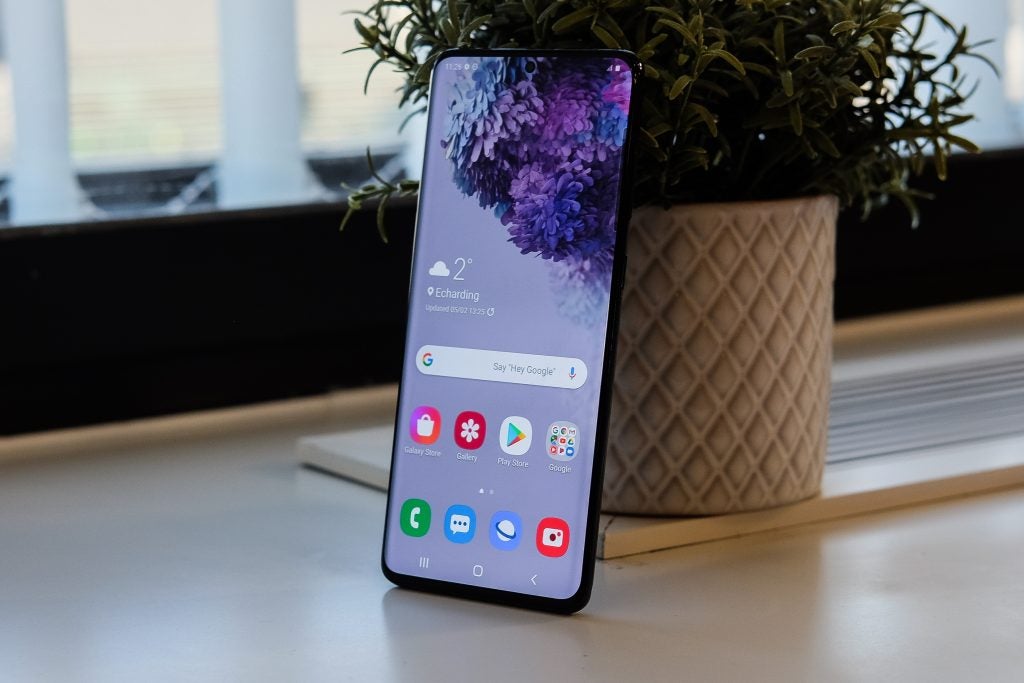
Samsung Galaxy S20 Plus
The best Android phone
Pros:
- Cool design
- Great screen
- Fast performance
- Decent battery
Cons:
- Ugly skin
- 8K video recording is pointless
The Galaxy S20 Plus is the middle child in Samsung’s current flagship phone line up, sitting between the regular Galaxy S20 and the Galaxy S20 Ultra. But for us at Trusted Reviews, it remains the best Android flagship for most people.
While the phone doesn’t have a single stand-out feature, it ticks all the right boxes to offer one of the best all-round experiences you’ll find in a smartphone this year. The 6.7-inch 120Hz AMOLED screen set the benchmark for HDR performance and high refresh rate panels when it launched earlier this year, and it remains a key selling point for the handset.
The 120Hz refresh rate makes it great for gaming and, in general, smoother in use than many competing phones. The OLED panel also enables the device to offer great dynamic range and a wonderfully immersive movie-watching experience. The only phone to do better is the far more expensive Galaxy Note 20 Ultra, which comes with a bigger screen and a variable 120Hz panel.
The latter is particularly important, letting the screen intelligently adjust the refresh rate depending on the task at hand. This means you get the benefits of 120Hz when gaming, for example, but save battery life while carrying out basic tasks that don’t merit the improved performance.
The camera lacks the “space zoom” capabilities of the Galaxy S20 Ultra, which lets you theoretically capture images at 100x zoom. Nevertheless, for general use it’s great, albeit not best in class. As ever, you’ll want to consider Huawei’s P40 or Google’s Pixel 5 line of handsets if cutting-edge camera performance is of most value.
Beyond this, the S20 Plus comes with a decent selection of extras, including wireless charging, water-resistance and 5G connectivity. Before you reach for your wallet, be warned: the S20 Plus’ place in our list may change in the near future, with Samsung rumoured to be releasing its next-generation Galaxy S21 family as soon as January next year.
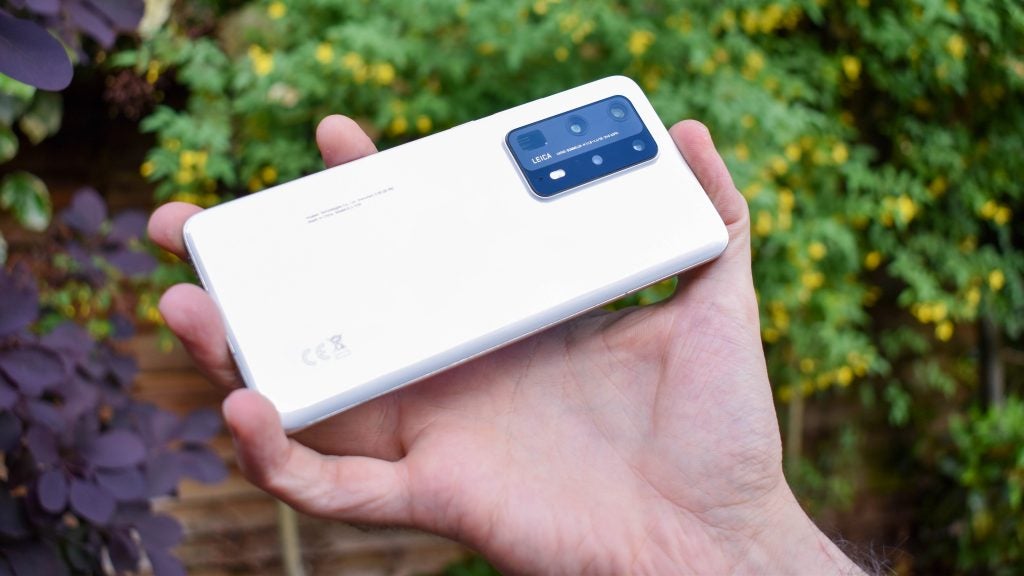
Huawei P40 Pro Plus
Best camera
Pros:
- A fantastic, versatile camera system
- Premium design and screen
- Top-tier specs and storage
Cons:
- Very expensive
- No Google support
- Mono speaker
If camera performance is the be-all and end-all of your wishlist for a phone then the Huawei P40 Pro Plus is the handset for you. The camera features a quad-sensor setup that intelligently uses two telephoto lenses, plus some clever processing wizardry, to offer amazing zoom photography capabilities that you won’t find elsewhere.
Throughout testing, it was one of the only handsets we’ve tested to be capable of taking usable 10x zoom shots without a tripod or gimbal, which is seriously impressive. During testing its low-light capabilities was also excellent, coming close to matching Google’s Pixel line – an achievement we didn’t think possible even a year or two ago.
Fans of flagship devices will also be pleased to learn that it comes with all the perks you’d expect with such an offering, including a formal water-resistance rating, top-notch performance and 5G connectivity.
However, before you rush out to buy, be warned: while this handset offers great hardware, software provision is a let down. As a result of a US executive order against Huawei, the company’s phones don’t currently have access to Google Services, which includes the Play Store. This severely limits the apps you can install on the phone, making it a hard sell for most general users. For example, during testing we couldn’t get Google Docs, Drive, Gmail, Meet, Maps or YouTube running outside of their web versions.
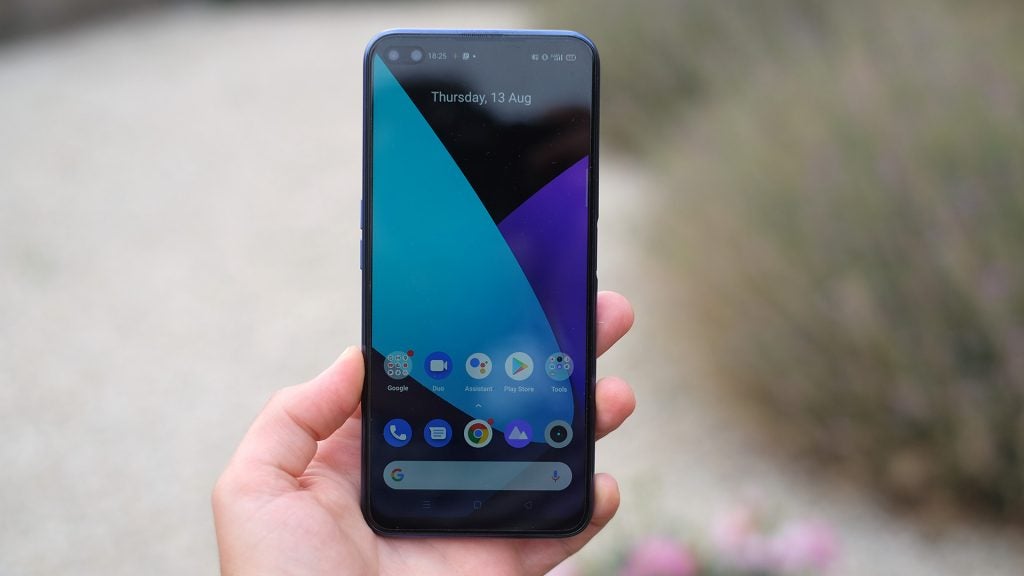
Realme X50 5G
Best value
Pros:
- Very good battery life
- Low price for a 5G phone
- Well-specced 120Hz screen
- Strong general and gaming performance
- Surprisingly capable main camera, even at night
- Glass back
Cons:
- Two of the rear cameras are filler
- No headphone jack
Realme isn’t a big player in the Western phone market right now, but it has a solid track record for releasing top-value handsets in key markets such as India. As such, it’s no surprise then that its latest “flagship” affordable phone, the Realme X50 5G, lives up to expectations.
The handset comes with specs that match the majority of flagships in a few key areas. Specifically, the handset offers a high refresh rate 120Hz panel, 5G connectivity and a wonderful glass design that throughout testing felt significantly more premium than most of the other sub-£300 handsets we tested.
The main rear camera is also remarkably capable, managing to take usable images even in low light – a key area in which most affordable phones like the Moto G8 struggle to deliver. Just don’t expect much from its secondary and tertiary sensors, which are little more than window-dressing, offering sub-par performance across the board.
Compromises come by way of a Snapdragon 765 5G chip – which on paper isn’t as fast as the 8-series CPU you’ll see in most 2020 flagships, although, unless you’re a power user trying to photo edit, or play triple-A games, you’re unlikely to suffer any performance issues – and a few perks such as wireless charging, HDR screen support and a formal water-resistance rating.
If this doesn’t appeal, or you’re not a fan of the design, there are a number of rivals that offer similar feature sets in the affordable space. Highlights include the OnePlus Nord, whose only real drawback is a slightly slower 90Hz screen, and the Moto G 5G Plus, which feels slightly chunkier in hand but is otherwise an excellent device.
Read out Realme X50 5G review
How do we select the best smartphones?
Every handset on this list has been reviewed thoroughly using the same combination of real-world use cases and repeatable benchmark tests.
This means that we test everything, from battery life and processor performance, during the full range of everyday tasks, right up to call quality and screen calibration. Most importantly, we take these phones out and use them as our own over an extended period of time, living with them to learn their quirks and discover any hidden treasures. Discover more about how we test phones.
